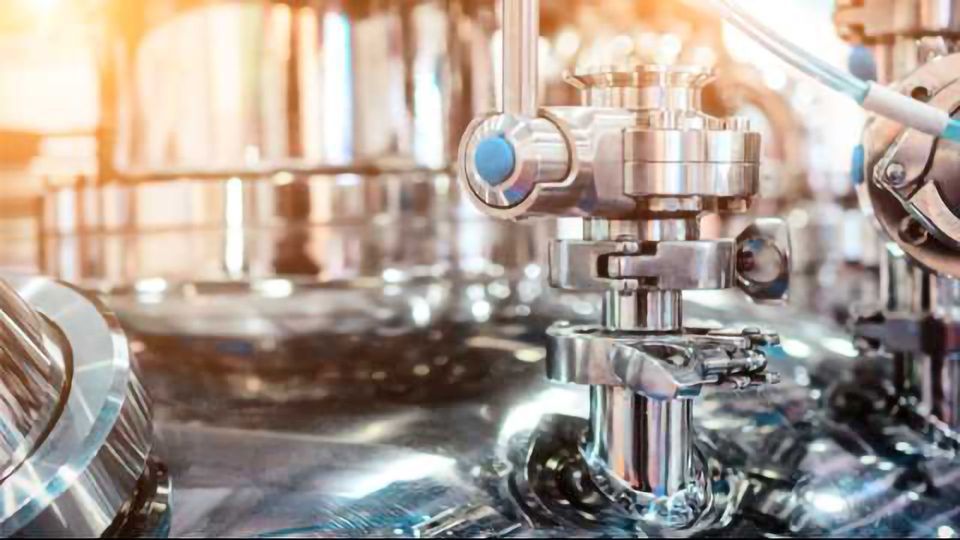Protein Purification: Enhancing Downstream Processing in Biopharma

Complete the form below to unlock access to ALL audio articles.
Dr. Carsten Voss, Application Specialist, Process Chromatography at Bio-Rad Laboratories took the time to speak with us about the recovery and purification of biomolecules. In this interview he discusses the importance of advancing chromatographic techniques for the progression of biopharmaceutical manufacturing as well as strategies to ensure processes can cope with the scalability required to efficiently produce biopharmaceutical products. Highlighting that particular attention should be made to the role of and development of chromatography resins.
He also shares with us the key areas warranting more attention, and how focused work in these areas can positively translate to advancing the industry’s capabilities.
Laura Mason (LM): What changes in downstream biotherapeutic purification have you seen in recent years? What impact have these changes had on the advancement of biopharmaceuticals?
Carsten Voss (CV): Recent changes in biotherapeutic purification can be seen on both the resin and hardware side. While continuous operation has gotten more attention during the last few years, developments in resin chemistry have already found their way into the manufacturing sites. With respect to chromatography resins, there have been significant advances on both base bead as well as ligand chemistry.
During this year’s Bioprocess International Conference and Exhibition, Prof. Giorgio Carta from the University of Virginia outlined the advantages of purely hydrophilic resins to avoid on column aggregation. He also discussed their superior performance due to their optimized pore structure.
With respect to ligand chemistry, classical interactions like ion exchange are still commonly used in biopharmaceutical downstream processing. These are complemented by new selectivities that give the downstream processing (DSP) scientist additional tools to tackle the challenges that come with new molecule formats. The biopharmaceutical industry is evolving from simple Immunoglobulin G (IgG) based antibody therapeutics to novel formats like bispecific antibodies, antibody fragments, or antibody drug conjugates (ADCs). These new molecules come along with new purification challenges to remove product-related impurities.
The choice of diverse resin chemistry and new ligand functionalities also allows scientists to develop more efficient second-generation processes or develop economic DSP solutions for biosimilars.
LM: Ensuring a process can be adapted to a high throughput setting is important to efficiently produce biopharmaceutical products. What factors need to be considered to ensure that downstream processing can cope with this scalability?
CV: For process chromatography, scalability of a purification step is governed by the chemical and physical properties of the resin. Packed bed heights are usually in the range of 10–30 cm. To avoid backpressure that will exceed the specification of the column hardware, particles have to be sufficiently rigid and show a well-defined narrow size distribution. While soft gels are definitely unsuited for process scale applications, modern polymeric base beads are sufficiently rigid to show good pressure flow characteristics and yet compressible enough to form a well-packed bed inside the column.
“Good knowledge of best practices for packing the individual resins is crucial to achieve a scalable purification.”
Another aspect of scalability is the chemical robustness of the resins. Chemical compatibility with standard cleaning reagents over a pH range from acid to alkaline conditions is a prerequisite for running columns over a larger number of process cycles.
LM: Thinking about the evolution of chromatography, what would you consider to be the key developments? How have these positively translated to the advancement of the biopharmaceutical industry?
CV: Key developments are found on the resin side. Especially mixed-mode functionality combined with state-of-the-art base bead chemistry is readily adopted by the biopharmaceutical industry because scientists have additional tools to cope with upcoming purification challenges. This is also driven by the necessary tools to screen resin libraries as well as a broad variety of purification conditions by the use of robotic high-throughput screening systems. Vendors are supporting customers utilizing these systems with special column formats.
LM: Are there any areas of chromatography research and development that you feel would benefit from more focused work, that are currently neglected and how might this benefit biopharma?
CV: “A stronger effort in chromatography research should be directed at understanding protein ligand interaction that will lead into the development of more selective resins.”
This will allow biopharma manufacturers to produce more homogenous products or solve separation challenges that have not yet been solved or addressed well enough (e.g. separation of empty virus from DNA containing virus, efficient separation of charge variants, etc.).
These efforts should go hand in hand with the development of new analytical techniques to evaluate the success in purification. Carsten Voss was speaking to Laura Elizabeth Mason, Science Editor, Technology Networks.
Carsten Voss was speaking to Laura Elizabeth Mason, Science Editor, Technology Networks.


